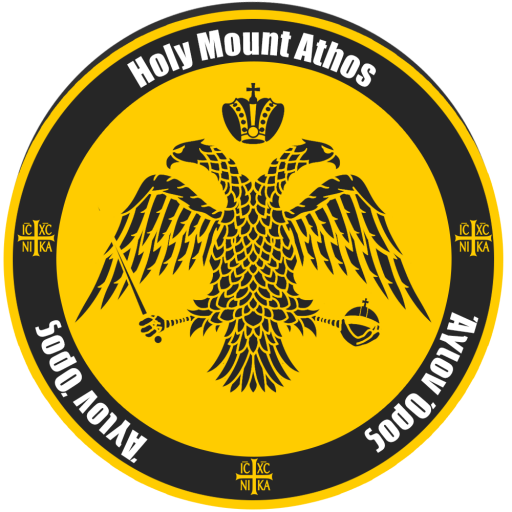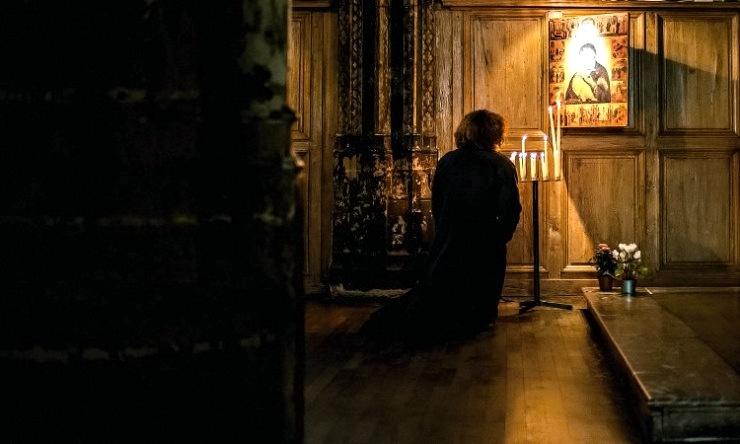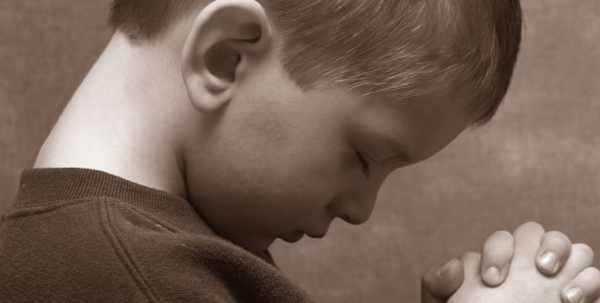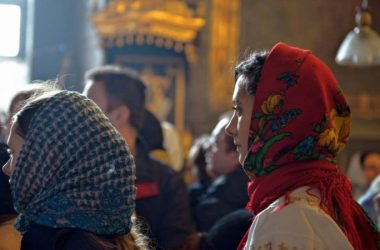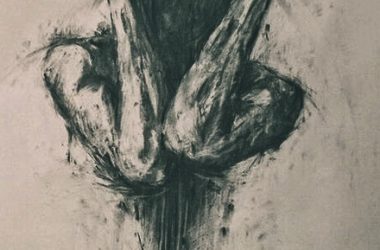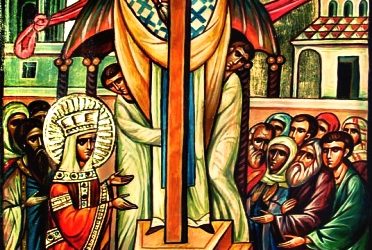Αrchimandrite Ephrem Filotheos
Christ ended this life and left the earth at the age of 33 years old, by death on the Cross. But He gave to His Apostles the Holy Sacrament of Eucharist during the Last Supper. Meaning that He left us beside His presence which is alive in us, His Flesh and Blood as a spiritual nourishment.
His Blood is abundantly and permanently shed on every Holy Table. There sacrificed, Christ not only forgives the sins of the people but He also becomes nourishment and drink for each believer who becomes worthy of the Holy Eucharist.
So big is His care for us that while being on earth as well as after ascending from this life to heaven with His Body, He left us the Sacrament of the Holy Eucharist so that all those who believe in Him, His disciples, may commune with Him to share His life.
`Whoever eats My Flesh and drinks My Blood, remains in Me and I in him.`
And this happens every time we commune. If we don’t receive material food the body begins to weaken, to lose its powers and fall to bed, becoming a heap of microbes and diseases. With our souls it happens the same. The Christian who doesn’t receive within himself the Holy Eucharist from the Holy Chalice, who doesn’t eat the Flesh of the Son of Man and who doesn’t drink His Blood doesn’t feed his soul properly and this begins to weaken, the spiritual microbes threaten his spiritual health. It is visible the fact that he doesn’t have life in himself. What life he doesn’t have? A life in Christ. Thus he is dead in Christ.
Many people communed – with God’s allowance – with real meat. They felt in their mouth the taste of raw meat. God allows this to prove them that they receive indeed His Flesh and Blood. It’s not insignificant at all this granting from Christ when we always sin.
As you know in the monastery we officiate daily the Holy Liturgy. Because we have chapels and priests we officiate from one to four liturgies daily. The priests go to the chapels (because we have many chapels in the monastery) and we officiate the Liturgy so that we won’t remain without it and we read the dyptiches.
A young monk came to two liturgies at the Chapel of the Holy Archangels. After the Great Entrance as we know we close the Holy Doors. The iconostasis is high so nothing can be seen from what is done inside, especially during the Holy Liturgy. This monk was outside and he was praying like all the other young monks. One day he got courage and told me:
`Geronda, may I tell you something?`
`I am listening.`
`At these two liturgies I attended in the chapel when you officiated the holy service and I was in the pew with the head bent although I was outside the altar and nothing was visible I could see what happened inside.`
`And what did you see inside?`
`What I saw? I saw that your holiness put on the holy disc a small lamb and stabbed him. At the second liturgy you put a small baby, Christ, on the Holy Table. What was that geronda? Has this happened because of my sins?`
`My son, That is Christ. He becomes Flesh and Blood. It’s Christ’s love. God opened the eyes of your soul to see in a mystic way and to believe completely. Maybe you had a doubt in your soul. Don’t we read in the books about the different visions the Holy Fathers had during the Holy Liturgy. Exactly this is what happened at the Holy Eucharist.`
